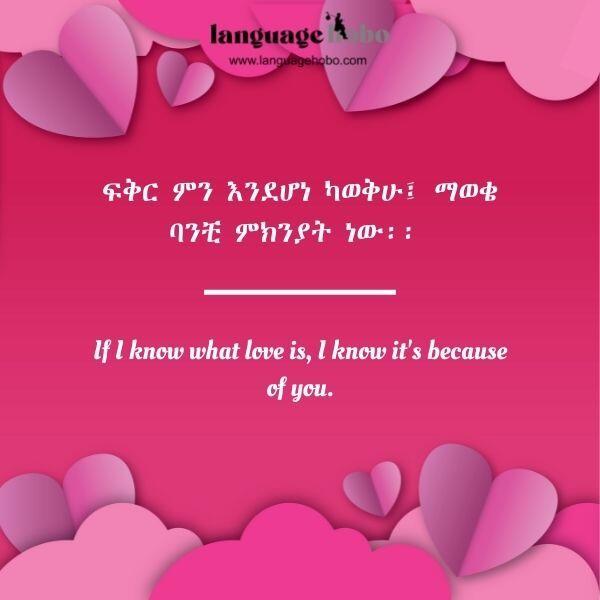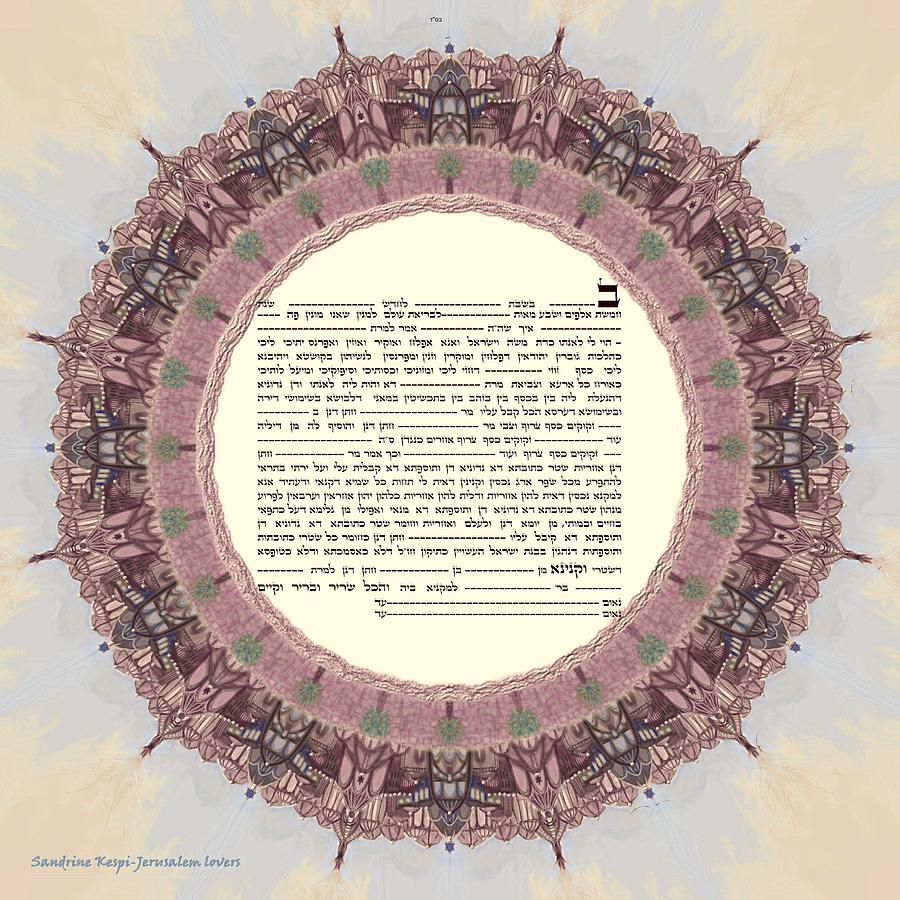Love is a universal concept, transcending borders and cultures. However, the expression of love in different languages adds depth and richness to its meaning. Aramaic, one of the oldest languages in the world, has its unique way of expressing love, emotions, and relationships. Understanding "Aramaic love" opens a window into the ancient world's view of affection, devotion, and human connection.
Aramaic, a Semitic language with roots dating back thousands of years, was once the lingua franca of the ancient Near East. Its influence spanned from Egypt to India, and it played a crucial role in shaping the religious and cultural landscape of the region. In this context, Aramaic love becomes a fascinating subject, as it reflects the values, beliefs, and emotions of a civilization that thrived centuries ago.
This article will delve into the nuances of Aramaic love, exploring its linguistic, cultural, and historical dimensions. Whether you're a linguist, a history enthusiast, or someone curious about ancient expressions of love, this article promises to enrich your understanding of this timeless topic.
Read also:Bellmore Car Show The Ultimate Celebration Of Automotive Passion
Table of Contents
- The History of the Aramaic Language
- Understanding Aramaic Love
- Cultural Significance of Love in Aramaic
- Linguistic Aspects of Aramaic Love
- Aramaic Love in the Bible
- Modern Relevance of Aramaic Love
- Famous Aramaic Love Quotes
- Teaching Aramaic Love Today
- Challenges in Preserving Aramaic Love
- Conclusion: Embracing the Legacy of Aramaic Love
The History of the Aramaic Language
Aramaic has a rich history that dates back over 3,000 years. It originated in the region of Aram, which is modern-day Syria, and became the dominant language of the ancient Near East. During the Neo-Assyrian, Neo-Babylonian, and Persian empires, Aramaic served as the official language of administration and communication.
Spread of Aramaic
The widespread use of Aramaic can be attributed to its simplicity and adaptability. As trade routes expanded and empires rose and fell, Aramaic spread across vast regions, influencing other languages and cultures. At its peak, it was spoken by millions of people, from Egypt to India.
Some key points about the spread of Aramaic include:
- Aramaic became the lingua franca of the Persian Empire under Darius the Great.
- It was widely used in the Jewish and Christian communities, particularly in the context of religious texts.
- Even after the rise of Greek and Arabic, Aramaic continued to be spoken in certain regions, especially among Assyrian and Chaldean communities.
Understanding Aramaic Love
When we talk about "Aramaic love," we are referring to the way love is expressed and understood in the Aramaic language. Unlike modern languages, Aramaic has a distinct vocabulary and syntax that convey emotions with depth and precision.
Key Words for Love in Aramaic
Several words in Aramaic represent different aspects of love:
- Rakhmā: A term often used for familial love, akin to compassion or mercy.
- Ḥabbā: A general term for love, often used in romantic contexts.
- Qārāb: A word that implies closeness or intimacy, reflecting the bond between two people.
Each of these words carries cultural and historical significance, offering insight into how ancient societies viewed relationships and emotions.
Read also:Is Valuetainment Republican Exploring The Political Leanings Of A Popular Youtube Channel
Cultural Significance of Love in Aramaic
In Aramaic-speaking cultures, love was deeply intertwined with religious, social, and familial values. The expression of love was not merely romantic but also encompassed devotion, loyalty, and compassion.
For example, in Jewish and Christian traditions, love was often expressed through acts of kindness and service. This cultural perspective is reflected in the Aramaic language, where words for love are often associated with actions rather than mere feelings.
Linguistic Aspects of Aramaic Love
The linguistic structure of Aramaic plays a crucial role in how love is expressed. Aramaic uses a triconsonantal root system, where words are built from three core consonants. This system allows for a rich variety of meanings and nuances.
For instance, the root Ḥ-B-B forms the basis for several words related to love, such as ḥabbā (love) and ḥibbā (lover). This linguistic feature highlights the interconnectedness of concepts in Aramaic, making it a language of depth and complexity.
Grammar and Syntax
Aramaic grammar emphasizes relationships between words, often using prefixes and suffixes to indicate possession, tense, and mood. This grammatical structure reinforces the idea of interconnectedness, which is central to the concept of love in Aramaic.
Aramaic Love in the Bible
Aramaic plays a significant role in the Bible, particularly in the New Testament. Jesus Christ and his disciples spoke Aramaic, and many biblical texts contain Aramaic phrases. These texts provide valuable insights into how love was expressed and understood in the context of early Christianity.
Some famous Aramaic phrases from the Bible include:
- "Eli, Eli, lema sabachthani?" (My God, my God, why have you forsaken me?)
- "Talitha koum!" (Little girl, get up!)
These phrases reflect the emotional intensity and spiritual depth of Aramaic love, as expressed in the biblical narrative.
Modern Relevance of Aramaic Love
While Aramaic is no longer widely spoken, its legacy lives on in modern languages and cultures. The concepts of love and devotion expressed in Aramaic continue to inspire contemporary writers, poets, and thinkers.
For example, many modern languages have borrowed words and phrases from Aramaic, enriching their own vocabularies. Additionally, the principles of love and compassion found in Aramaic texts remain relevant in today's world, offering guidance on how to build meaningful relationships and foster community.
Famous Aramaic Love Quotes
Throughout history, Aramaic speakers have produced profound expressions of love and devotion. Some famous quotes include:
- "Blessed are those who love, for they shall be loved in return."
- "Love your neighbor as yourself, and you shall find peace."
These quotes reflect the timeless wisdom of Aramaic culture and its enduring influence on human thought.
Teaching Aramaic Love Today
Efforts are underway to preserve and promote the study of Aramaic, including its expressions of love. Universities, cultural institutions, and online platforms offer courses and resources for learning Aramaic, making it accessible to a global audience.
By teaching Aramaic love, educators aim to foster a deeper understanding of ancient civilizations and their contributions to modern society. This education not only preserves linguistic heritage but also promotes cross-cultural dialogue and understanding.
Challenges in Preserving Aramaic Love
Despite its historical significance, Aramaic faces challenges in the modern world. The language is endangered in many regions, with fewer speakers and limited resources for its preservation. Additionally, the complexities of Aramaic grammar and vocabulary can make it difficult for learners to master.
Efforts to address these challenges include:
- Developing digital archives of Aramaic texts and resources.
- Creating language immersion programs for children and adults.
- Encouraging collaboration between scholars, linguists, and community leaders.
Conclusion: Embracing the Legacy of Aramaic Love
In conclusion, Aramaic love offers a profound perspective on human emotions and relationships. From its historical roots to its modern relevance, the study of Aramaic love enriches our understanding of the past and informs our approach to the present.
We invite you to explore this fascinating topic further and share your thoughts in the comments below. Additionally, consider sharing this article with others who may appreciate the beauty and depth of Aramaic love. Together, we can preserve this precious cultural heritage for future generations.
For more insights into ancient languages and cultures, be sure to explore our other articles on this site. Thank you for reading, and may your journey into the world of Aramaic love be both enlightening and rewarding!

